Home>Furniture>Bedroom Furniture>What Are Bed Frame Slats
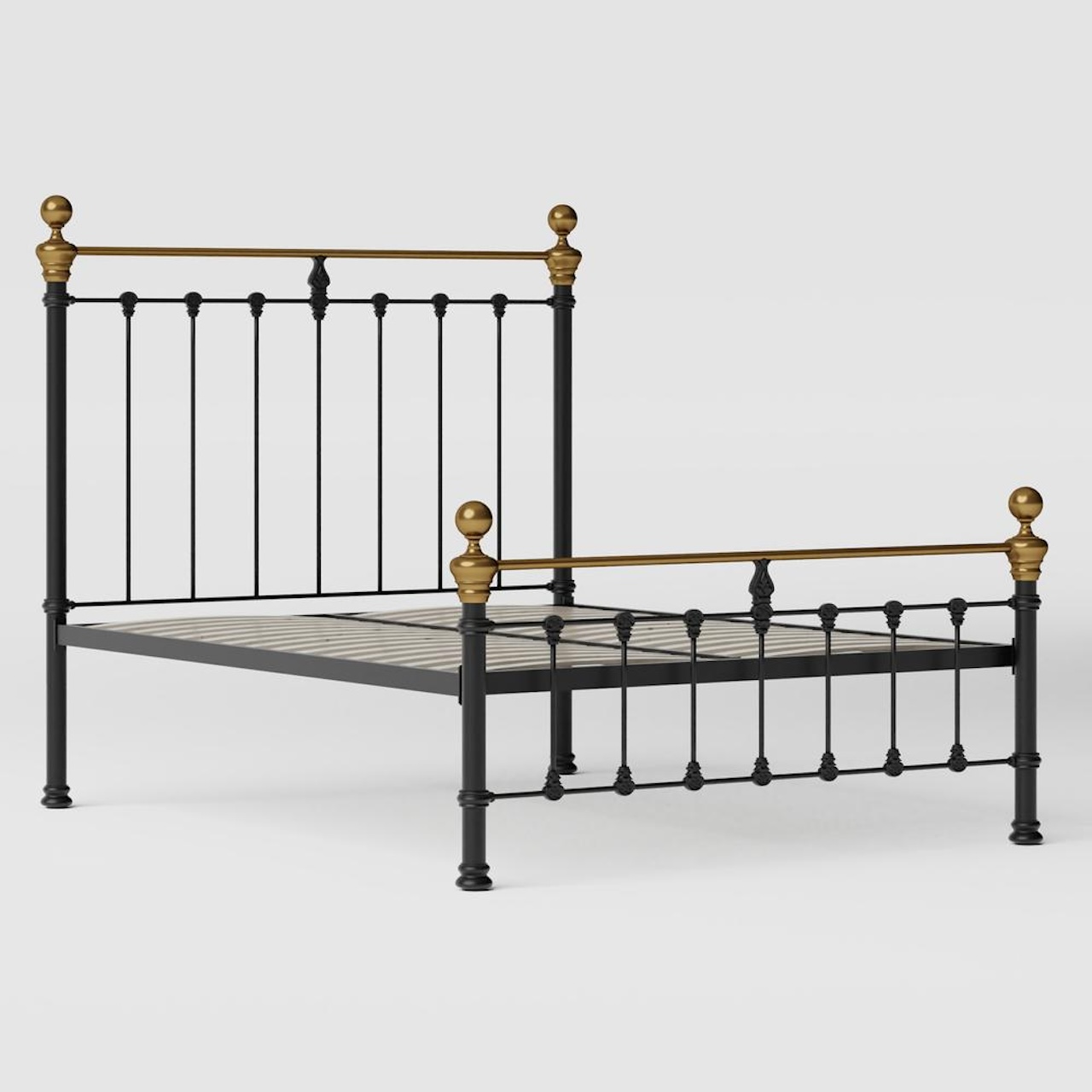

Bedroom Furniture
What Are Bed Frame Slats
Modified: January 9, 2024
Discover the benefits of bed frame slats for your bedroom furniture. Learn how slats provide support and enhance the durability and comfort of your bed.
(Many of the links in this article redirect to a specific reviewed product. Your purchase of these products through affiliate links helps to generate commission for Storables.com, at no extra cost. Learn more)
Introduction
Welcome to the world of bedroom furniture! When it comes to creating a comfortable and cozy sleep space, a bed frame plays a crucial role. And within that frame, bed frame slats are an essential component that often goes unnoticed. If you’ve ever wondered what exactly bed frame slats are and why they are important, you’ve come to the right place.
Bed frame slats, also known as mattress support slats or bed slats, are the horizontal planks or metal bars that support the mattress. They span across the width of the bed frame and provide a sturdy and stable foundation for the mattress to rest on. While they may seem insignificant compared to other bed frame components, such as the headboard or footboard, bed frame slats play a crucial role in ensuring a comfortable and supportive sleep surface.
In this article, we will explore the definition, purpose, materials, types, benefits, drawbacks, and proper maintenance of bed frame slats. So, let’s dive in and discover everything you need to know about this often overlooked but vital part of your bed.
Key Takeaways:
- Bed frame slats are essential for providing mattress support, stability, ventilation, and flexibility, contributing to a comfortable and supportive sleep environment.
- While bed frame slats offer benefits such as improved airflow and cost-effectiveness, it’s important to consider potential drawbacks and follow proper maintenance practices for optimal performance.
Read more: What Are Slats In A Bed
Definition of Bed Frame Slats
Bed frame slats can be defined as the supportive elements that span horizontally across the bed frame, providing a foundation for the mattress. These slats are designed to evenly distribute weight and prevent the mattress from sagging or sinking in the center.
Generally, bed frame slats are made of wood, although metal slats are also common in some designs. They are typically positioned parallel to one another, at regular intervals, and secured to the bed frame to create a stable surface for the mattress.
Bed frame slats come in various sizes, thicknesses, and shapes depending on the bed frame design and mattress type. Some slats may be flat and solid, while others may have a curved or ribbed surface to provide extra support and ventilation for the mattress.
It’s important to note that bed frame slats are not the same as box springs or solid platforms. While box springs and solid platforms offer a more rigid support system, bed frame slats provide a flexible and breathable alternative.
Overall, bed frame slats play a vital role in maintaining the structural integrity of the bed frame and ensuring a comfortable and supportive sleeping surface.
Purpose of Bed Frame Slats
The primary purpose of bed frame slats is to provide support for the mattress and ensure an even distribution of weight. Here are some key purposes of bed frame slats:
- Mattress Support: Bed frame slats act as a foundation for the mattress, preventing it from sagging or sinking in the middle. They distribute the weight of the sleeper evenly across the surface, ensuring a comfortable and supportive sleep.
- Stability and Structural Integrity: Bed frame slats add stability and structural integrity to the bed frame. They prevent the mattress from sliding or shifting and help to keep the bed frame in place.
- Ventilation: One of the advantages of bed frame slats is that they allow for proper airflow and ventilation. Unlike solid platforms or box springs, slats provide breathability, which helps to keep the mattress fresh and prevents moisture buildup.
- Flexibility: Bed frame slats offer a degree of flexibility, allowing for some movement and responsiveness. This can be particularly beneficial for adjustable bed frames, as the slats can adjust and adapt to different sleeping positions.
By fulfilling these purposes, bed frame slats contribute to a comfortable and healthy sleep environment.
Materials Used for Bed Frame Slats
Bed frame slats can be made from various materials, each with its own advantages and characteristics. The choice of material often depends on factors such as the bed frame design, budget, and personal preferences. Here are some common materials used for bed frame slats:
- Wood: Wood is the most popular and traditional choice for bed frame slats. Common types of wood used include pine, birch, beech, and poplar. Wood slats offer a natural and warm aesthetic and are known for their durability and strength. They provide a solid and stable support system for the mattress.
- Metal: Metal slats are gaining popularity due to their strength and longevity. They are typically made of steel or iron and can withstand heavy weights. Metal slats are often used in modern and minimalist bed frame designs. They offer a sleek and industrial look and can provide excellent support for the mattress.
- Bamboo: Bamboo is an eco-friendly and sustainable option for bed frame slats. Bamboo slats are lightweight, sturdy, and resistant to warping or bending. They also provide good ventilation and can contribute to a cool and breathable sleep surface.
- Composite Materials: Some bed frame slats are made from composite materials such as plywood or engineered wood. These materials are created by combining layers of wood fibers and adhesive. Composite slats offer strength and stability while being more affordable compared to solid wood slats.
Ultimately, the choice of material depends on factors such as personal preference, the style of the bed frame, and the desired level of support and durability.
It’s worth noting that regardless of the material used, it’s important to ensure that the slats are of adequate thickness and properly positioned to provide optimal support for the mattress.
Types of Bed Frame Slats
Bed frame slats come in different types, with variations in design, shape, and functionality. Understanding the different types can help you choose the most suitable option for your bed frame. Here are some common types of bed frame slats:
- Solid Slats: Solid slats are flat planks or boards that span across the bed frame. They provide a sturdy and stable support system for the mattress. Solid slats are typically made of solid wood and offer excellent durability and strength. They are a popular choice for traditional bed frames.
- Curved Slats: Curved slats are slightly arched or bowed, allowing for greater flexibility and responsiveness. The curvature of the slats helps to distribute weight evenly and provide optimal support for the mattress. Curved slats can offer added comfort and adaptability, especially for sleepers who prefer a bit more flexibility in their bed frame.
- Ribbed Slats: Ribbed slats have ridges or grooves along their surface. These ridges enhance airflow and ventilation between the slats, ensuring proper airflow to the mattress. Ribbed slats are particularly beneficial for mattresses that require increased breathability, such as memory foam or latex mattresses.
- Flexible Slats: Flexible slats are designed to adjust and adapt to different sleeping positions. They have a certain degree of flexibility, allowing the slats to contour to the body’s shape and provide targeted support. Flexible slats are often found in adjustable bed frames or those designed for users who prefer customizable sleeping positions.
- Hybrid Slats: Hybrid slats combine different features and materials to offer a combination of benefits. For example, a hybrid slat may have a solid base with ribbed sections or be made of a combination of wood and metal for added strength and flexibility.
When choosing the type of bed frame slats, consider factors such as your sleep preferences, mattress type, and desired level of support and comfort. It is also important to ensure that the slats are properly spaced and supported within the bed frame for optimal performance.
When choosing bed frame slats, make sure they are made of sturdy material like solid wood or metal to provide adequate support for your mattress. Check the spacing between slats to ensure it meets the requirements of your mattress warranty.
Read more: How To Add Slats To A Bed Frame
Benefits of Bed Frame Slats
Bed frame slats offer a range of benefits that contribute to a comfortable and supportive sleep experience. Here are some key advantages of using bed frame slats:
- Proper Mattress Support: Bed frame slats provide essential support for the mattress, ensuring it remains in a stable and even position. This support helps to prevent sagging and prolongs the lifespan of the mattress.
- Improved Airflow and Ventilation: Slatted bed frames promote airflow and ventilation, allowing for better air circulation around the mattress. This helps to regulate temperature, reduce heat buildup, and maintain a cooler and more comfortable sleep surface.
- Flexibility and Responsive Feel: Slats offer a degree of flexibility, which can enhance the comfort and support of the mattress. The slight give of the slats allows them to contour to the body’s shape and provide targeted support where it’s needed most.
- Compatibility with Different Mattress Types: Bed frame slats are compatible with a wide range of mattress types, including memory foam, latex, hybrid, and innerspring mattresses. The flexible nature of slats makes them suitable for accommodating the specific needs and characteristics of different mattress materials.
- Enhanced Durability: Well-constructed bed frame slats can improve the durability of your mattress. By preventing excessive sagging or uneven wear, slats help to maintain the structural integrity of the mattress over time.
- Cost-Effective Alternative: Compared to solid platforms or box springs, bed frame slats are often a more affordable option. They provide adequate support for the mattress without the need for additional bulky support systems.
- Easy Maintenance: Bed frame slats are relatively easy to maintain. They can be easily cleaned and inspected for any signs of wear or damage. If necessary, individual slats can be replaced without having to replace the entire bed frame.
Overall, bed frame slats offer crucial support, ventilation, and adaptability, ensuring a restful and comfortable sleep environment.
Drawbacks of Bed Frame Slats
While bed frame slats offer many advantages, it’s important to be aware of their potential drawbacks as well. Here are some common drawbacks of using bed frame slats:
- Less Rigidity: Bed frame slats may not provide the same level of rigidity and support as solid platforms or box springs. This can be a concern for sleepers who prefer a firmer sleep surface or for heavier individuals who require extra support.
- Spacing Issues: Improper spacing between slats or insufficient support in the center can lead to mattress sagging or uneven weight distribution. It’s important to ensure that the slats are properly positioned and adequately spaced to avoid these issues.
- Noise Potential: Depending on the construction and materials used, bed frame slats may produce noise or creaking sounds when weight is applied to the mattress. This can be a nuisance for light sleepers or if the bed frame is not properly assembled.
- Compatibility Concerns: Certain types of mattresses, such as those with a very thin profile or those specifically designed for use with solid platforms, may not be compatible with bed frame slats. It’s important to check the manufacturer’s recommendations and specifications to ensure that your mattress is suitable for use with slatted bed frames.
- Quality Varies: The quality and durability of bed frame slats can vary depending on the materials used and craftsmanship. It’s important to choose slats that are sturdy and well-constructed to ensure long-term performance.
- Additional Support for Heavy Mattresses: For mattresses that are exceptionally heavy or have specific support requirements, bed frame slats alone may not be sufficient. In such cases, additional support systems, like a center support beam or additional leg support, may be necessary.
While these drawbacks exist, they can often be mitigated with proper selection, installation, and maintenance of bed frame slats. It’s important to consider your specific sleep needs and preferences before deciding on the type of support system for your bed frame.
Proper Maintenance and Care for Bed Frame Slats
To ensure the longevity and optimal performance of bed frame slats, it’s important to follow proper maintenance and care practices. Here are some tips to keep your bed frame slats in great condition:
- Regular Cleaning: Dust and debris can accumulate on the slats over time. Regularly clean the slats with a vacuum cleaner or a soft brush to remove any dirt or dust particles. This will help maintain a clean and hygienic sleep surface.
- Inspect for Damage: Periodically inspect the slats for any signs of wear, damage, or warping. Check for loose screws, cracks, or splintered areas. If you notice any issues, address them promptly to prevent further damage or potential safety hazards.
- Address Squeaking or Noise: If your bed frame slats start to squeak or make noise, it may be due to loose connections or friction between the slats and the bed frame. Tighten any loose screws or connections, and consider using felt pads or lubricants to minimize friction and reduce noise.
- Proper Weight Distribution: Ensure that weight is evenly distributed across the slats and the bed frame. Avoid placing excessive weight on any one area, as this can lead to sagging or damage to the slats. If your bed frame comes with weight restrictions, make sure to adhere to them.
- Additional Support: If you have a heavier mattress or notice excessive sagging, consider adding extra support to the center of the bed frame. This can be achieved by installing a center support beam or additional leg support to help distribute the weight evenly and prevent strain on the slats.
- Adjust Slat Spacing: Depending on the mattress type and manufacturer’s recommendations, you may need to adjust the spacing between the slats. This ensures proper support and prevents sagging or damage. Follow the guidelines provided with your specific bed frame or mattress to determine the optimal slat spacing.
- Consider Slats Replacement: Over time, bed frame slats may wear out or become less supportive. If you notice significant sagging or damage, it may be necessary to replace the slats. Consult the manufacturer or a professional for guidance on finding suitable replacement slats.
By following these maintenance and care practices, you can ensure that your bed frame slats remain in excellent condition, providing reliable support for your mattress and enhancing the overall sleep experience.
Conclusion
Bed frame slats may seem like a small and often overlooked component of a bed frame, but they play a crucial role in providing support, comfort, and longevity to your mattress. These horizontal planks or metal bars are designed to distribute weight evenly and prevent sagging, creating a stable and comfortable sleeping surface.
Whether you have a traditional wooden bed frame or a modern metal design, choosing the right type of bed frame slats can make a significant difference in your sleep quality. Solid slats offer stability and durability, while curved or ribbed slats provide flexibility and enhanced ventilation. Understanding the different types of slats and their benefits can help you make an informed decision when selecting a bed frame or upgrading your current setup.
While bed frame slats offer numerous benefits, such as improved airflow, mattress support, and cost-effectiveness, it’s important to consider their potential drawbacks. Issues like noise potential, compatibility concerns, and the need for additional support for heavier mattresses should be taken into account. However, with proper maintenance and care, these drawbacks can be minimized.
To ensure the longevity and optimal performance of your bed frame slats, regular cleaning, inspection for damage, and proper weight distribution are crucial. Adjusting slat spacing and considering additional support can also help maintain the integrity of the slats and prevent sagging. If needed, replacement of slats should be done to ensure continued support and comfort.
Overall, bed frame slats are an essential part of creating a comfortable and supportive sleep environment. By understanding their definition, purpose, materials, types, benefits, drawbacks, and proper maintenance, you can make informed decisions about your bed frame setup. So, pay attention to these small but significant components, and enjoy a rejuvenating sleep experience every night.
Frequently Asked Questions about What Are Bed Frame Slats
Was this page helpful?
At Storables.com, we guarantee accurate and reliable information. Our content, validated by Expert Board Contributors, is crafted following stringent Editorial Policies. We're committed to providing you with well-researched, expert-backed insights for all your informational needs.
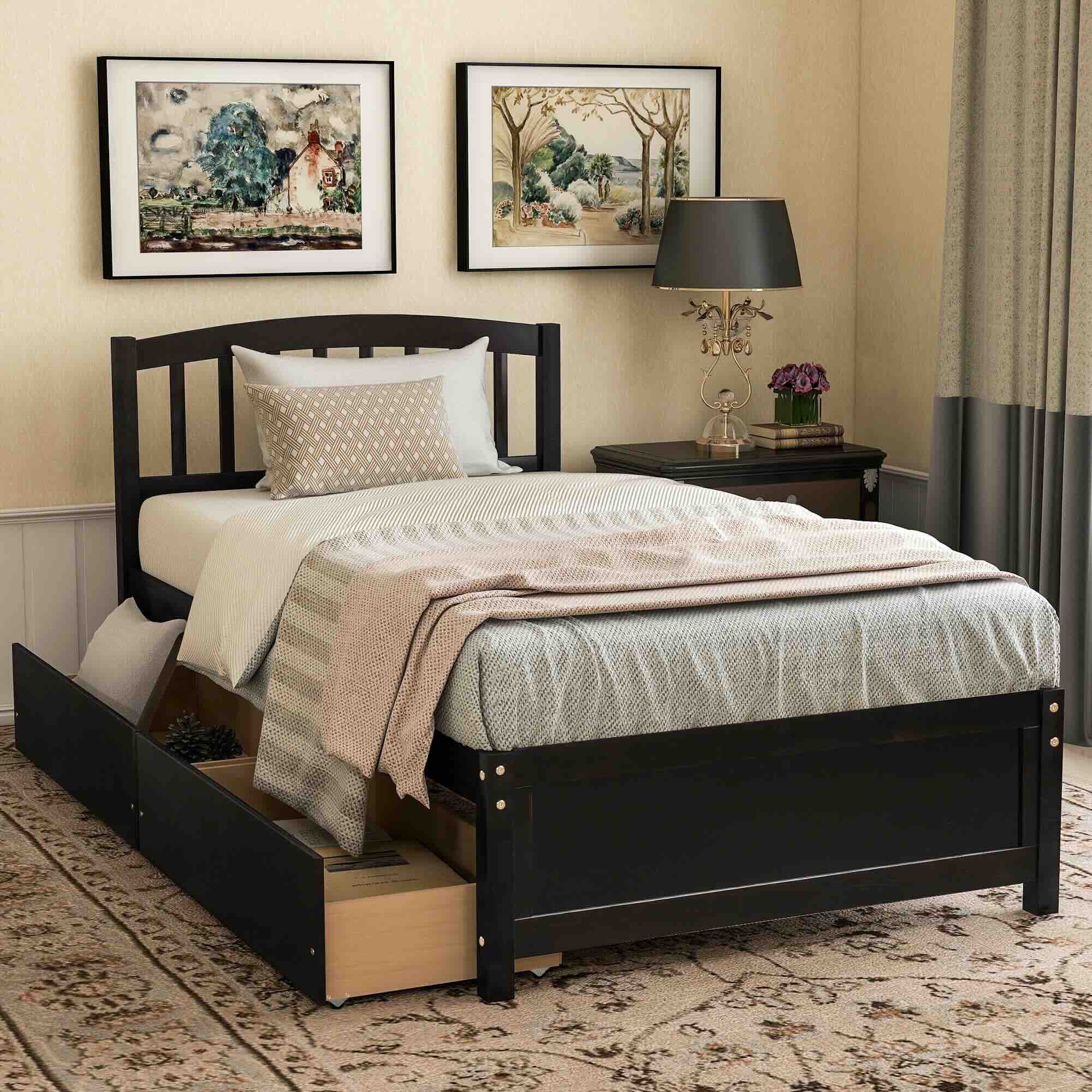
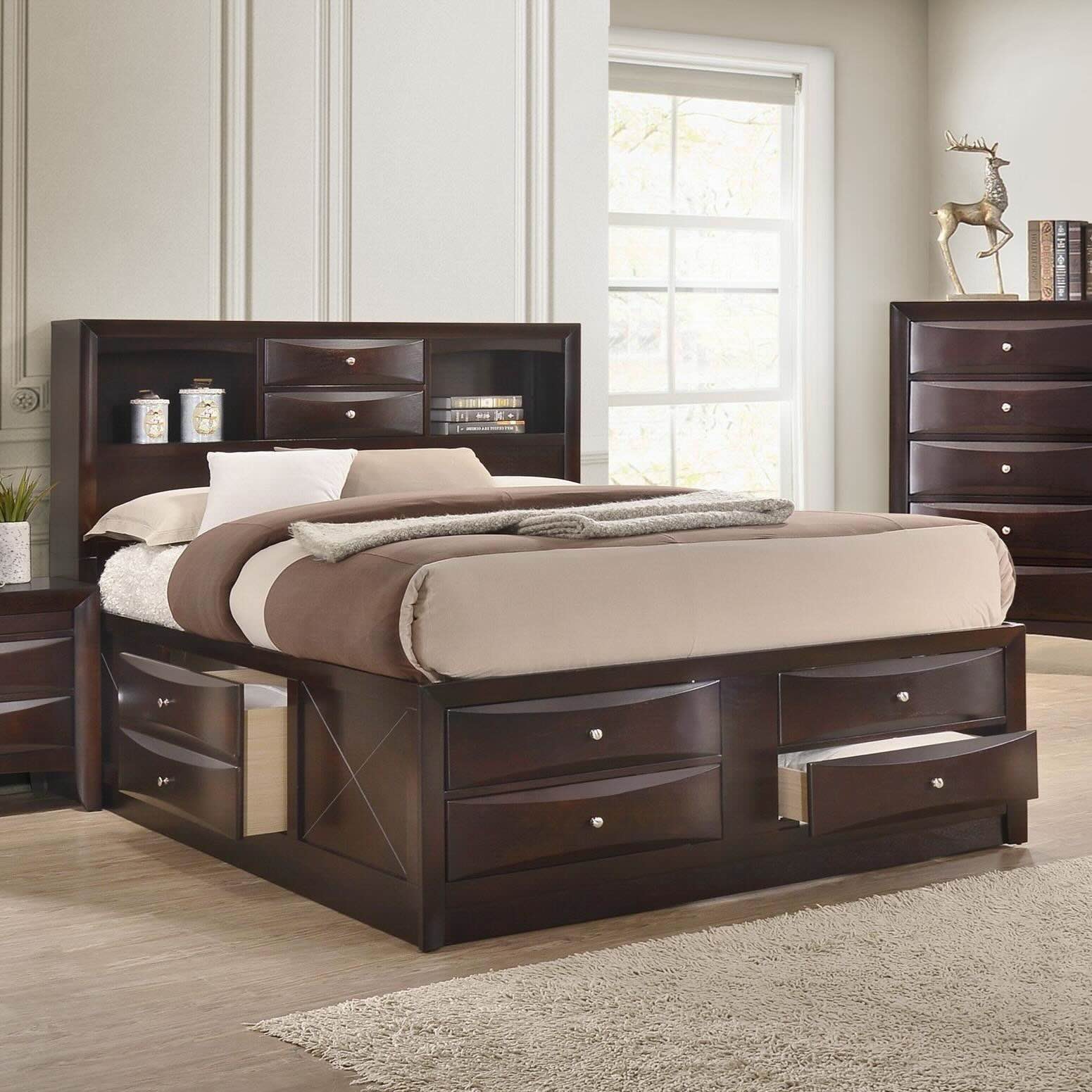
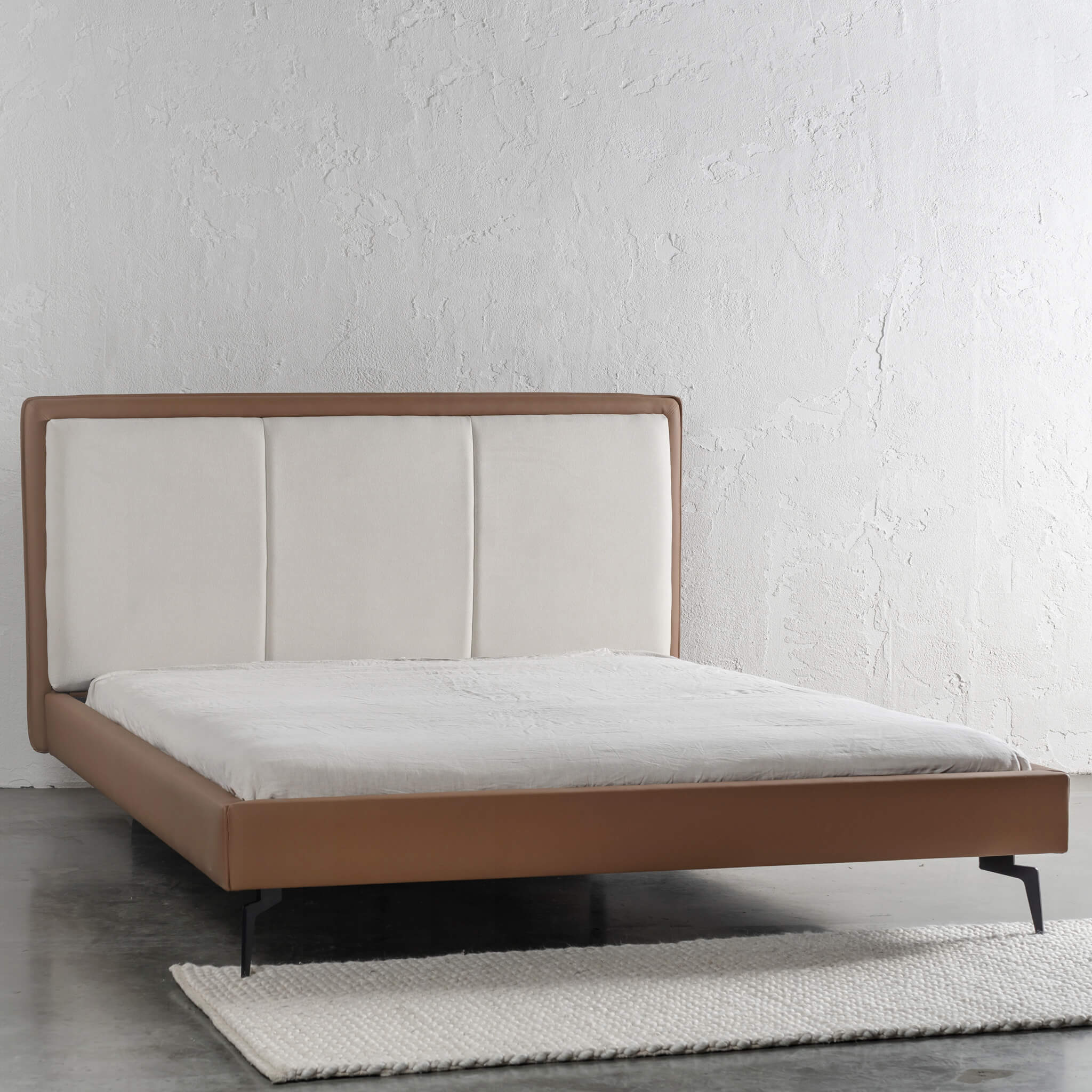
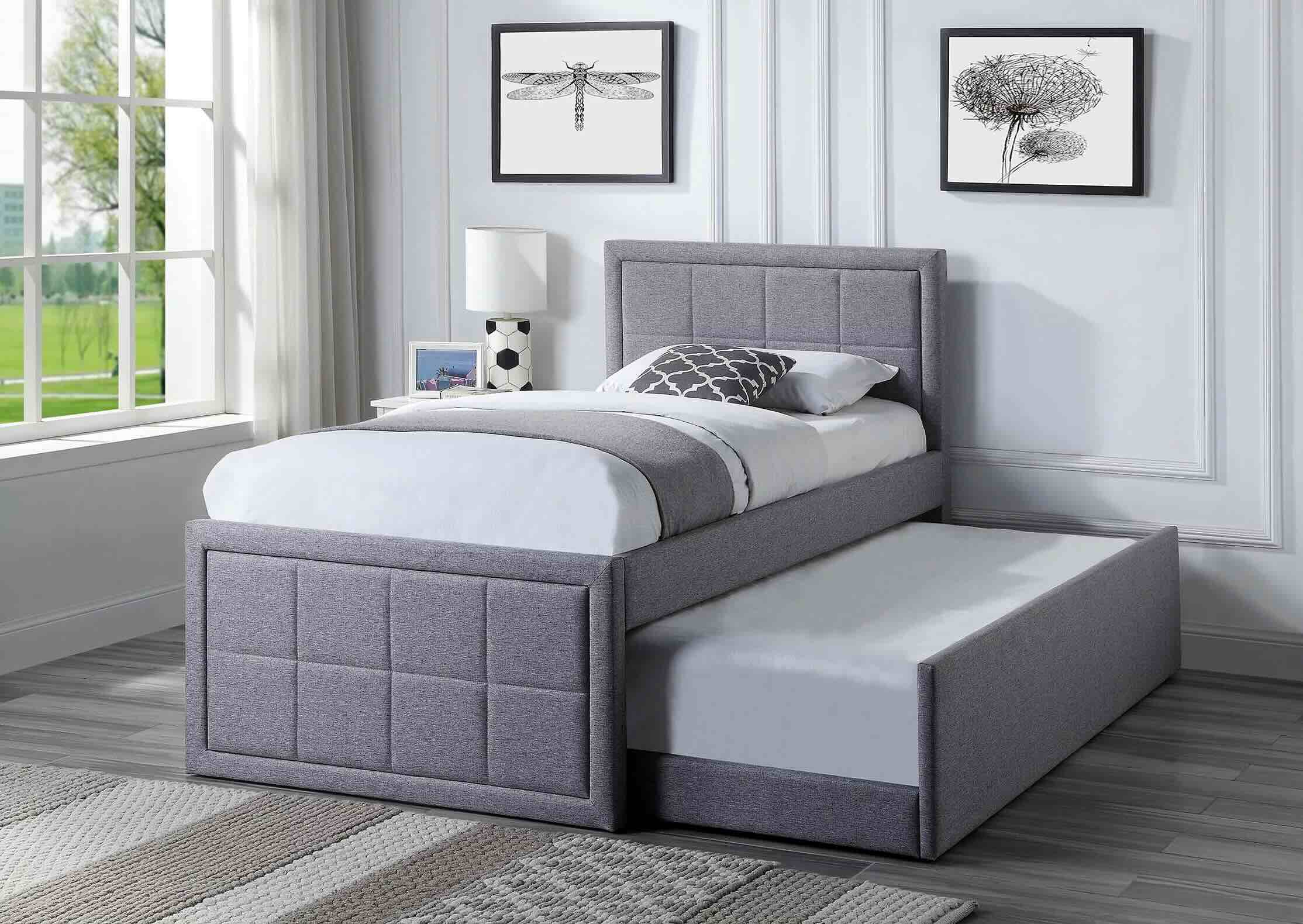
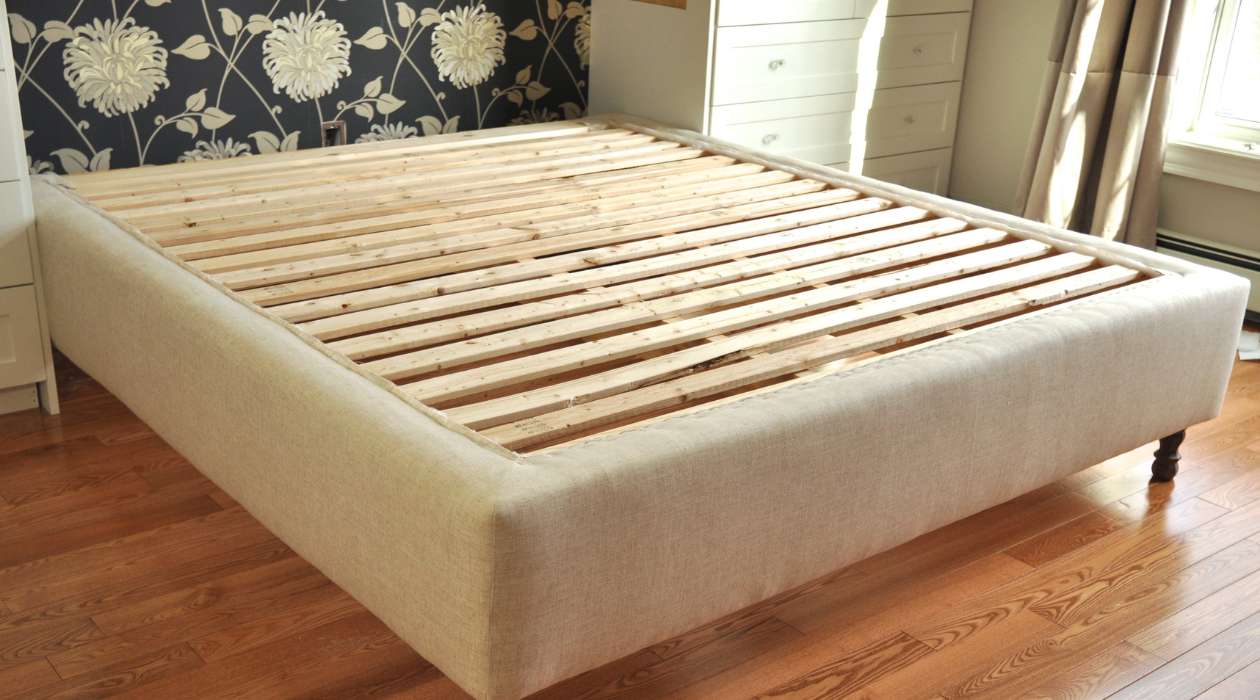
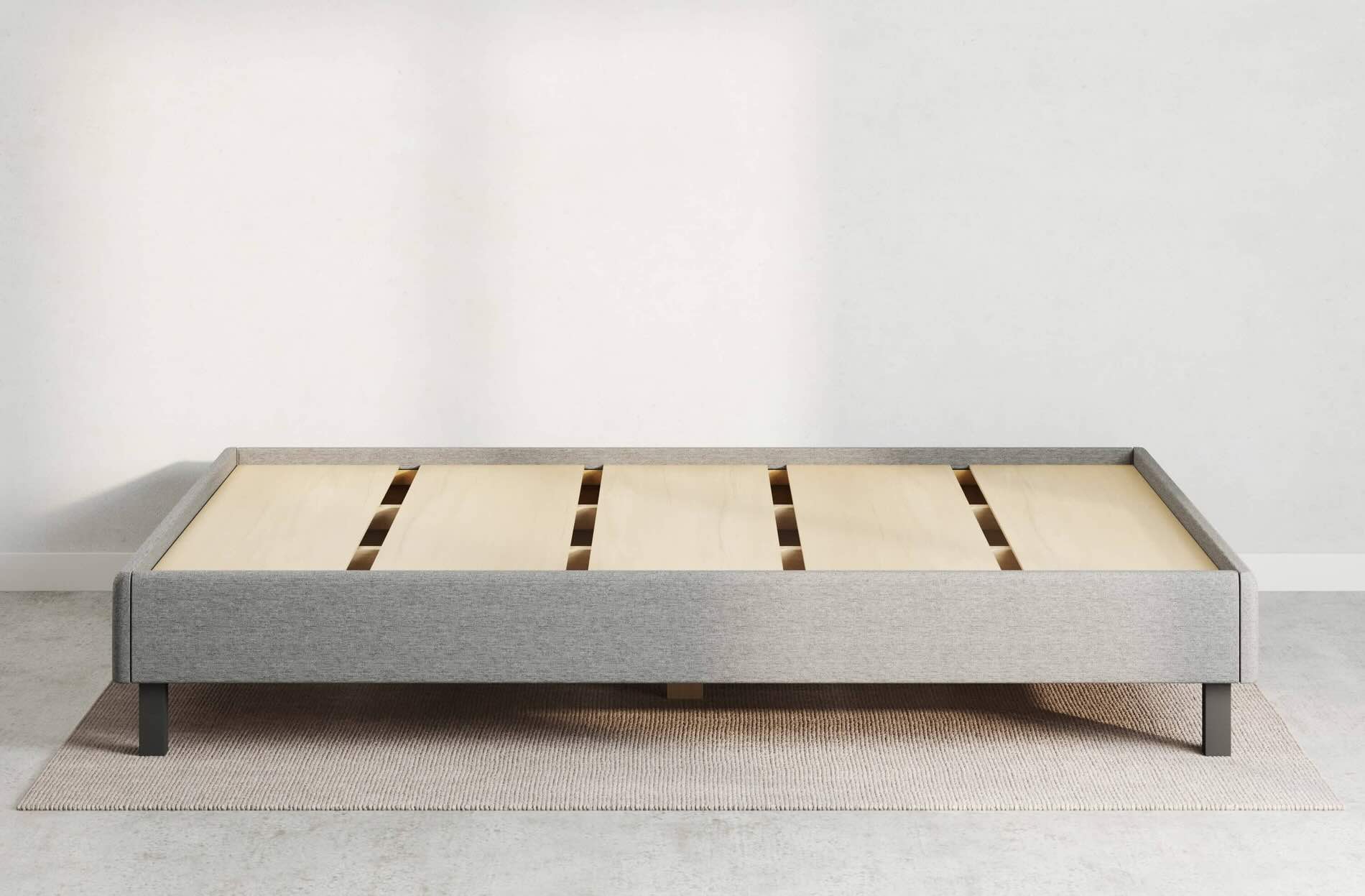
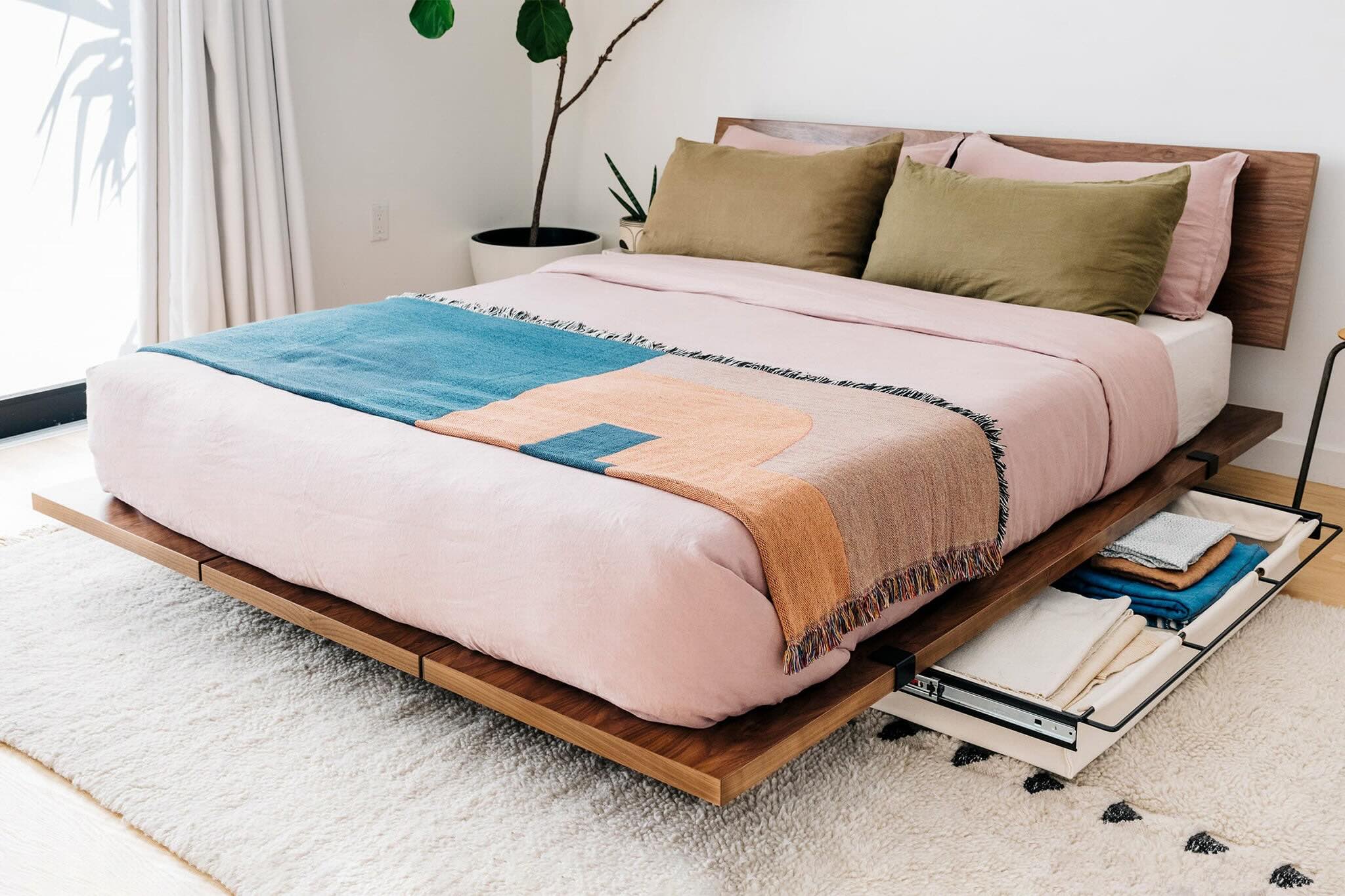
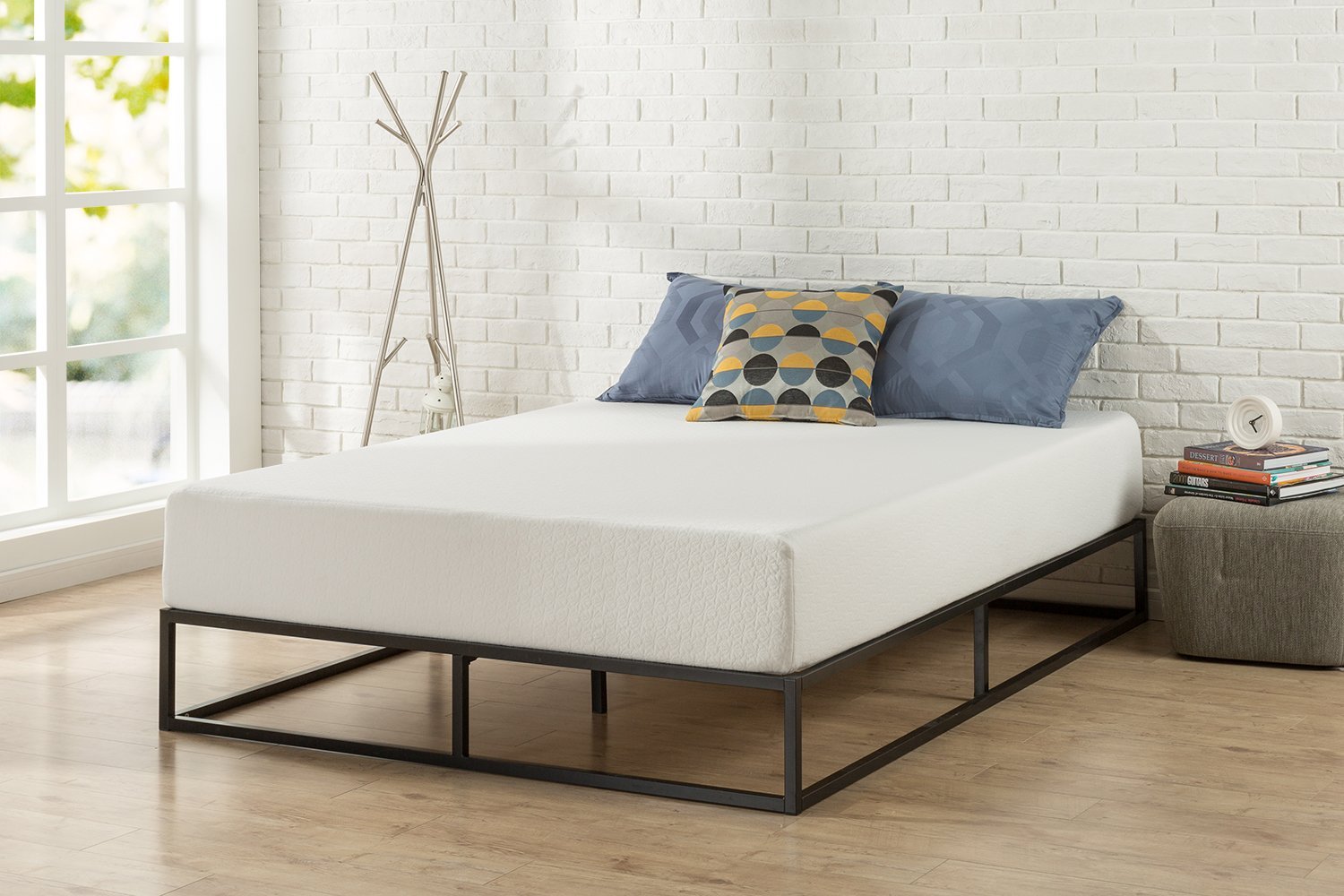
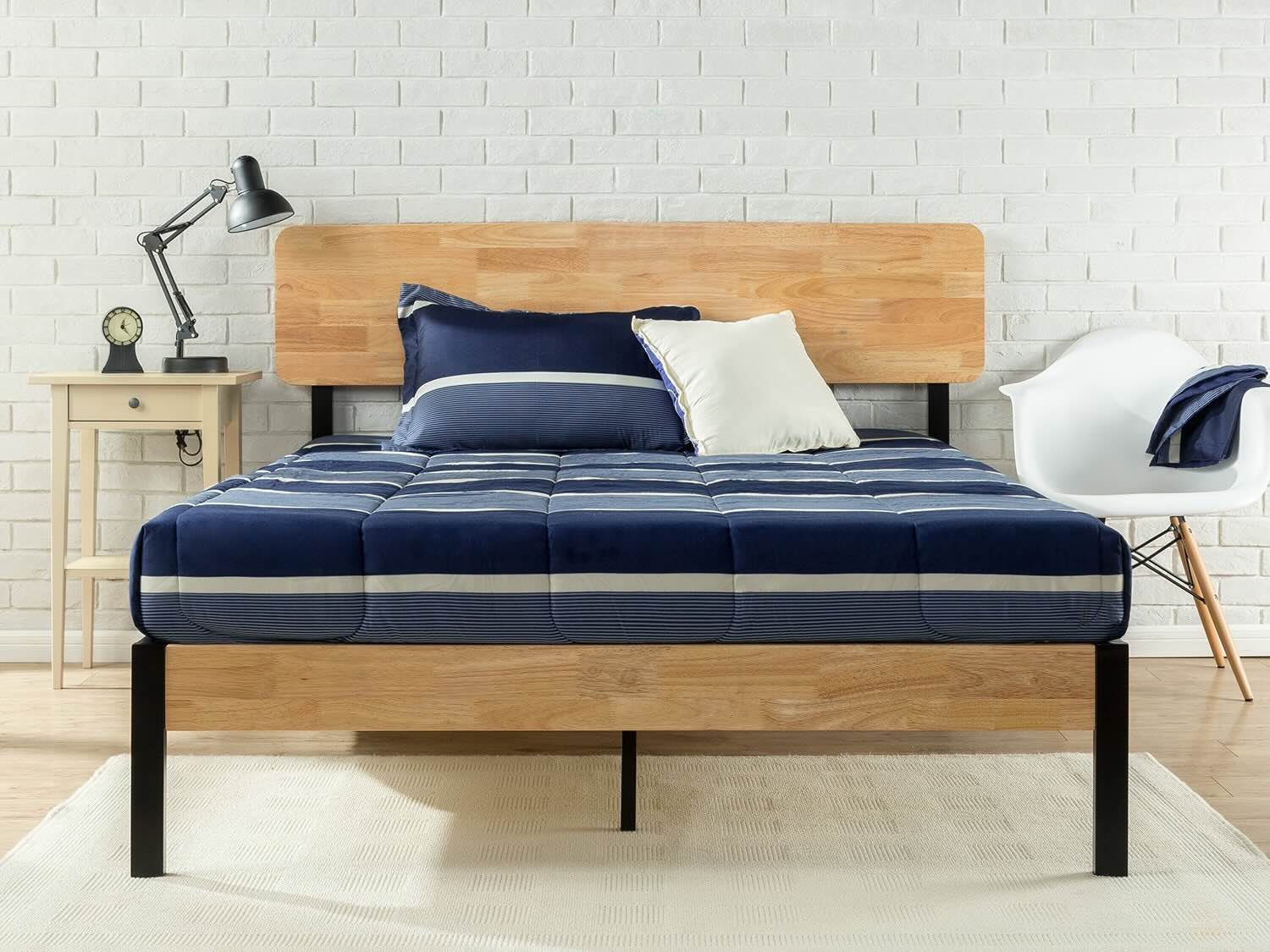
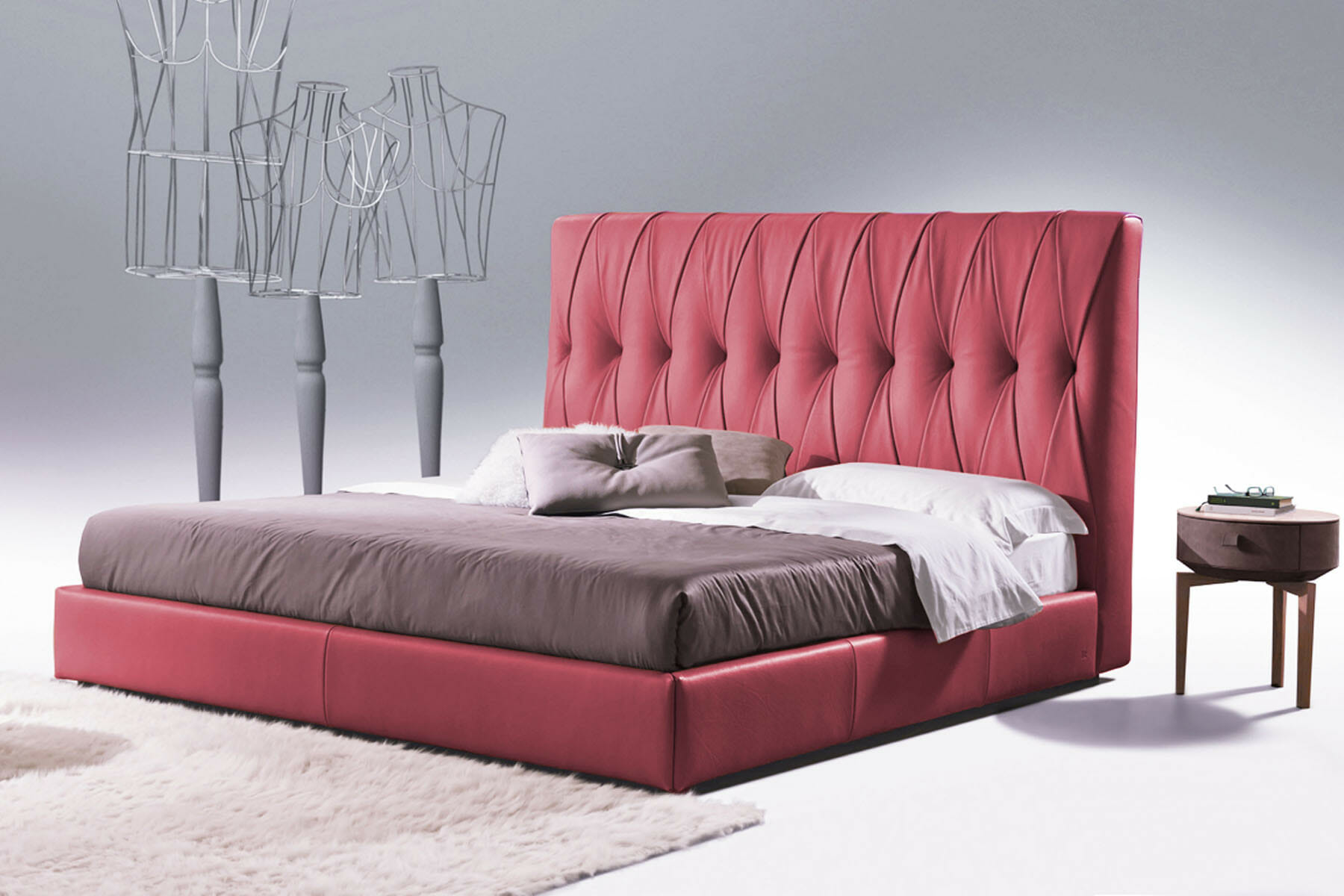

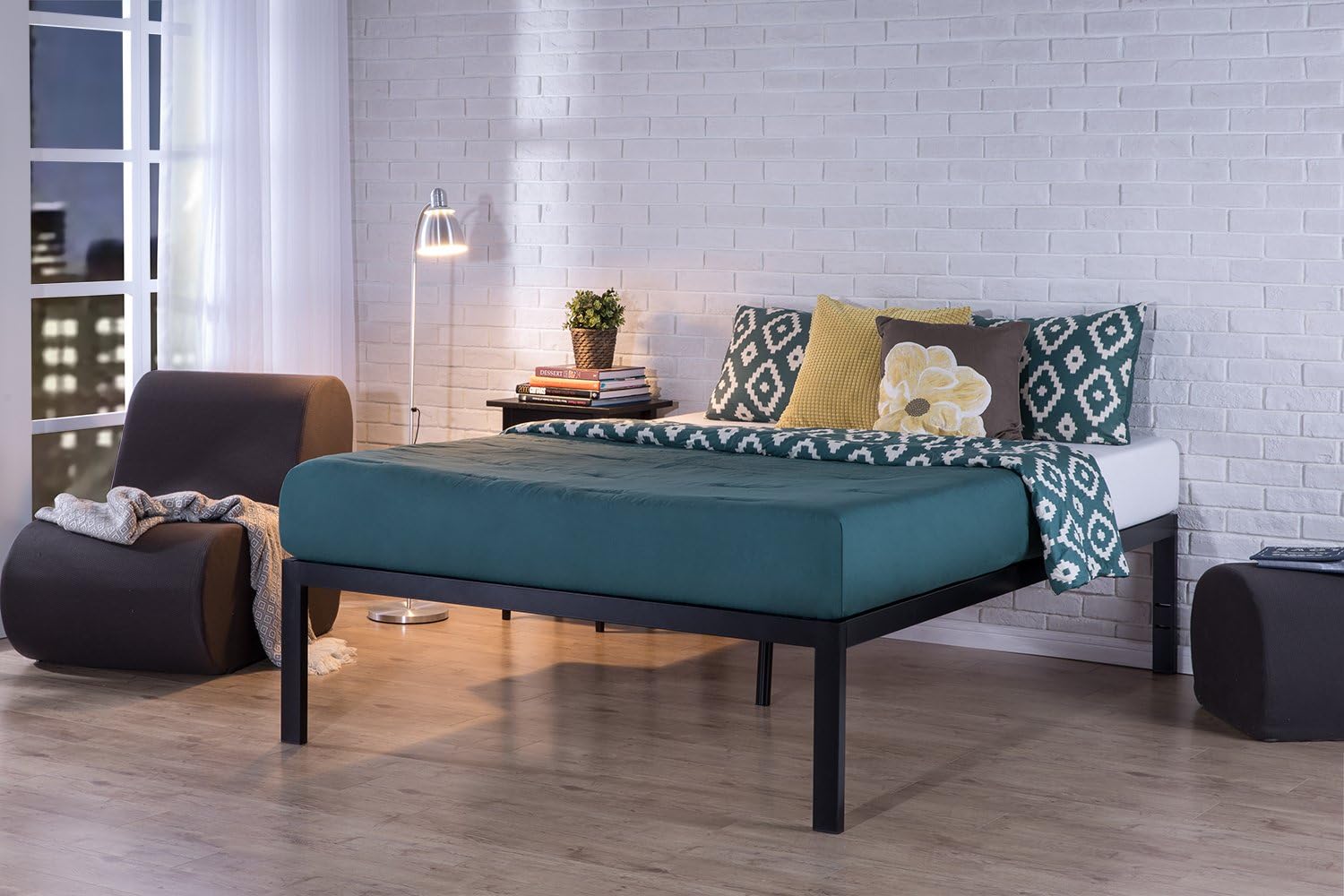

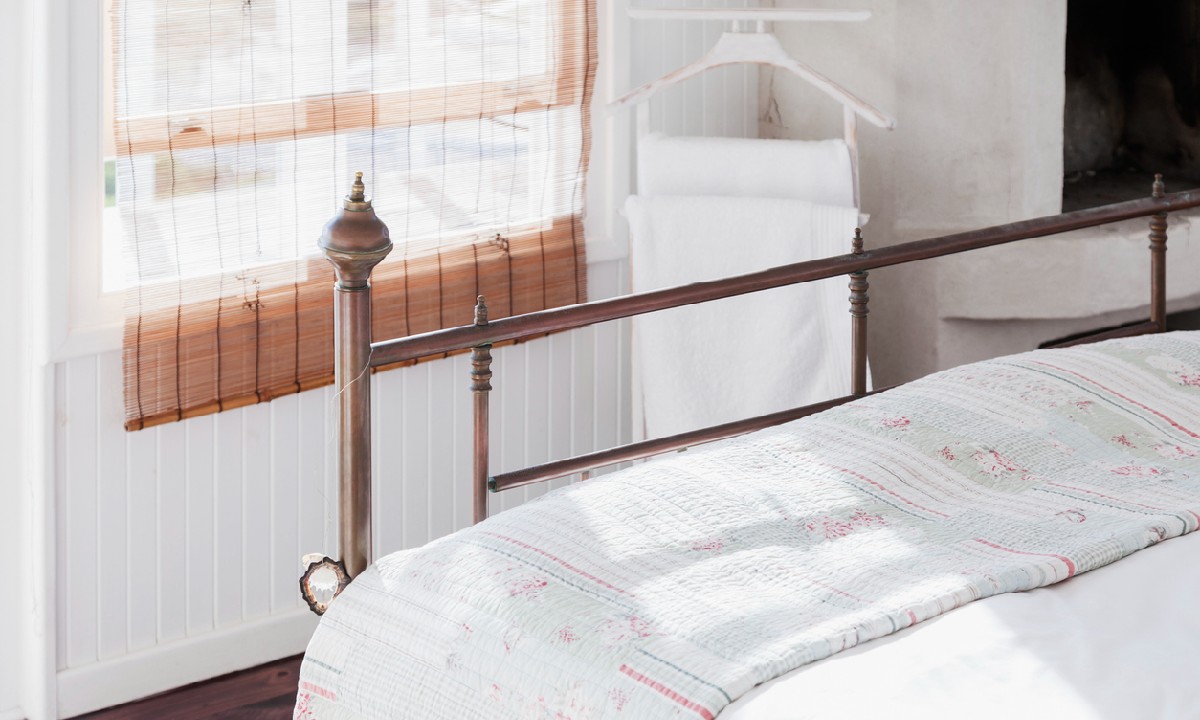

0 thoughts on “What Are Bed Frame Slats”